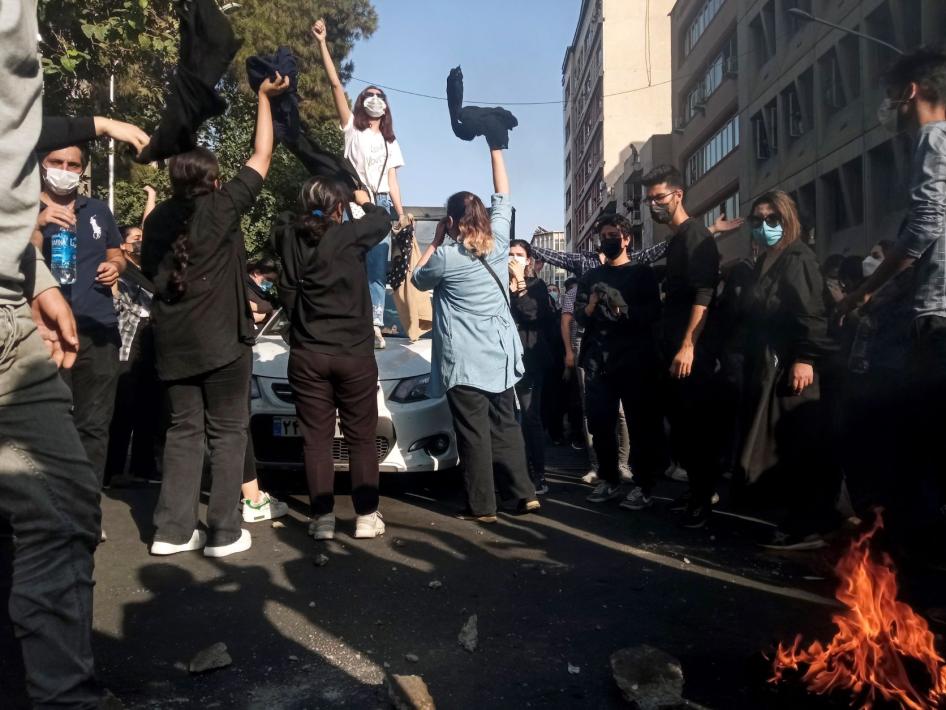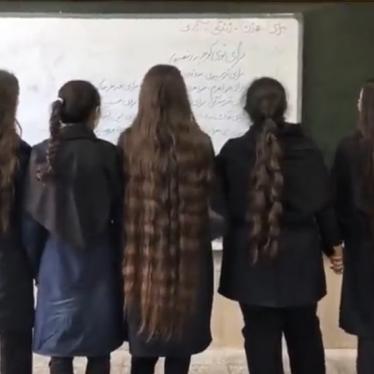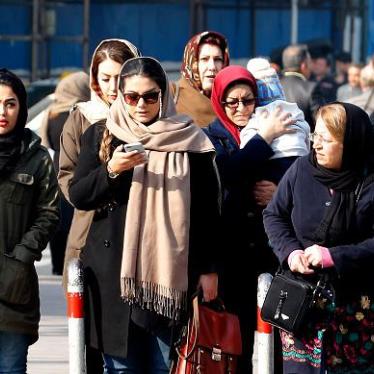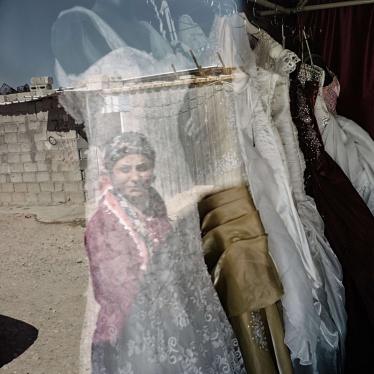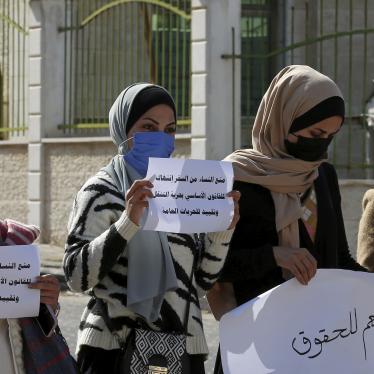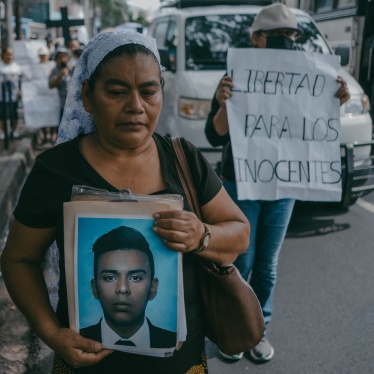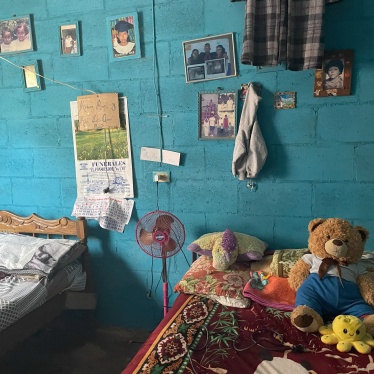The current protests gripping Iran show no signs of abating. More than forty days since the death of Iranian Kurdish woman Mahsa Amini–who died after being arrested by Iran’s morality police for breach of the country’s strict dress code–the wave of fury unleashed at compulsory hijab laws, security forces’ brutality, and wider government repression continues to rage.
This uprising has been different. Men and women of various ethnic backgrounds have marched under the banner of women’s rights. Across Iran crowds have shouted the women’s movement chant in both Kurdish “Jin, Jian, Azadi!” and in Farsi “Zan, Zendagi, Azadi!,” which means “Woman, Life, Freedom!,” understanding that freedom for women means freedom for all.
In recent weeks, we have seen courageous schoolgirls and students at universities take the helm: raising up their scarves, marching through streets, and chasing off government officials. But the crackdown has resulted in mass arrests and, reportedly, killings of hundreds of people, including girls.
The demands are for fundamental change, and it is no surprise that girls and young women are on the front lines. Jina, Mahsa’s Kurdish name, was only 22 when she died in Iranian police custody, and has come to symbolize the injustice of the state’s restrictive rules for women. As girls, they are required to wear the hijab upon reaching puberty. As women, they continue to be denied their choice of dress which impacts their right to take part in all aspects of public life including study, work and even leaving their home.
They may find, as Jina did, that they can be arrested simply because a morality police official considers that the way they wear the hijab is not “proper.” They can be fined or hauled into detention to be “educated,” beaten, harassed, and, if they are deemed to have protested against the dress code, even sentenced to prison.
Women have been fighting against compulsory dress code for decades and are now openly defying it as an act of resistance by simply going out to live their lives without the hijab. While the dress code is the most visible form of discrimination, it is just one aspect of the systemic discrimination they face.
The economic crisis that predated this uprising has pushed many in Iranian society to the margins of poverty, affecting women disproportionately. Iran’s laws and policies discriminate against women’s access to employment including by restricting the professions women can enter into and denying equal benefits to women in the workforce. Over 50 percent of Iran’s university graduates are women, but women’s unemployment rate is more than double that of their male counterparts–a troubling trend that has only widened since the Covid-19 pandemic.
Indeed, women’s labor force participation in 2019 was barely 18 percent, and fell to 14 per cent in 2020. Men’s participation, by contrast, was 72 per cent in 2019, falling to 70 per cent in 2020. In 2017, Human Rights Watch found that employers routinely advertise jobs for men over women, and some require written consent from husbands and fiancés, with no law to sanction them for such outright discrimination.
Instead of dealing with women’s economic struggles and their unequal access to opportunities to shape their own lives, Iranian authorities are trying to force women to marry earlier and have more children to increase the national population. Where the government once received international accolades for promoting family planning, women today are contending with severe limitations on their access to sexual and reproductive rights. A population law passed last November outlawed sterilization and free distribution of contraceptives in the public health care system unless a pregnancy threatens a woman’s health, and further limited access to safe abortion.
The same law provided incentives for early marriage such as interest free loans to those who marry at 25 and younger. With many families being driven into poverty, they may force girls and women into marriage earlier to have one less person to feed. The government’s own reports show child marriage is on the rise. Iran’s civil code provides that girls can marry at 13 and boys at age 15, as well as at younger ages if authorized by a judge.
Once married, girls and women often face further abuse. Iran’s laws grant husbands significant control over their wives’ lives. Under the Civil Code, the husband has the right to choose where they live and he can prevent his wife from having certain jobs if he deems them against “family values.” Under the Passports Law, a woman needs her husband’s permission to obtain a passport and travel outside the country.
Iran does not have policies in place to prevent abuse, protect women, and prosecute domestic violence, despite increasing reports of horrific femicides and women risking their lives to escape abuse. In many femicide cases, prosecutors, and judges often do not press for adequate penalties.
More than 40 years ago, Iranian authorities sought to marginalize women from public life. Despite discrimination, Iranian women are highly educated and have broken barriers in many professional fields. Women have pushed against discriminatory laws and policies, like the dress code and sexual harassment, achieving some reforms. But they have faced arrest, torture, imprisonment, and even death sentences. Notably, Iranian authorities have imprisoned the leaders of the “One Million Signatures” campaign, a pivotal women’s rights campaign that began in 2006 seeking a million signatures from Iranians supporting gender equality.
Iranian girls and women are protesting discriminatory rules and calling for wholesale change to achieve their fundamental rights and freedoms. The Iranian authorities – and the world – should listen.

